If there’s one thing everyone hasn’t gotten enough of lately, it’s reboots. (Except me, I’ve had enough). Add a multiverse and you’ve got what should be a successful formula. While the Charmed reboot did very well in the beginning, its viewership dwindled as the series progressed. Originally airing in 2018 and finishing its final season in June of this year (season 5 was cancelled by the network), this magical reboot failed to charm fans of the original series.
The Charmed reboot is quite a departure from the beloved 90’s hit show starring Holly Marie Combs, Alyssa Milano, Shannen Doherty, and Rose McGowan. Still centered around sisterhood, the Charmed reboot features three sisters, Maggie (Sarah Jeffery), Mel (Melonie Diaz), and their long-lost, older sister, Macy (Madeleine Mantock). The series opens with the mysterious death of the mother of Mel and Maggie Vera. Similar to the original series, Mel and Maggie are unaware they descend from a long line of magical blood. While in the original Charmed it is the return of Phoebe Halliwell that leads to the activation of the power of three, in the reboot, it is the arrival and discovery of long-lost sister Macy Vaughn that brings about the witches’ powers.
There are more similarities reminiscent of the original show, such as the introduction of their white lighter (played by Rupert Evans), a magical being that is meant to protect and guide the charmed ones. The reboot even delves into a romantic relationship between the white lighter and one of the charmed ones. The world created in the Charmed reboot, however, varies greatly from the familiar (and slightly corny) realm the Halliwell sisters inhabited. The threats the sisters face become increasingly dark throughout the series. The tone of the show is at times more maudlin than fantastical. Perhaps the biggest change is the diversity of the series cast and the inclusion of intersectional feminism through Mel’s career and the passions and identities of the three sisters.
Delving into Intersectional Feminism
Now, before doth thou protest, I believe in giving shows their due. Charmed was created during a time when the idea of “feminism” was a dirty word, mostly reserved for crazed, bra-burning radicals that hated men. The 90’s were a complicated time for women. While we had made many historical gains and were a far cry from the rigidity and control of earlier times, we weren’t at the end of the tunnel yet—we still had (and have, sigh) a long, long, way to go. Up until relatively recently, most women did not want to associate themselves too closely with the movement. They felt the pressure to stand up against injustices and advocate for their fellow women while at the same time, wanting to remain desirable to potential partners and avoid the socially undesirable label of “feminist.” This cognitive dissonance in our collective minds made it difficult to take too hard of a stance—underplay the movement and you felt like a sell-out—get too involved, and you became a social pariah.
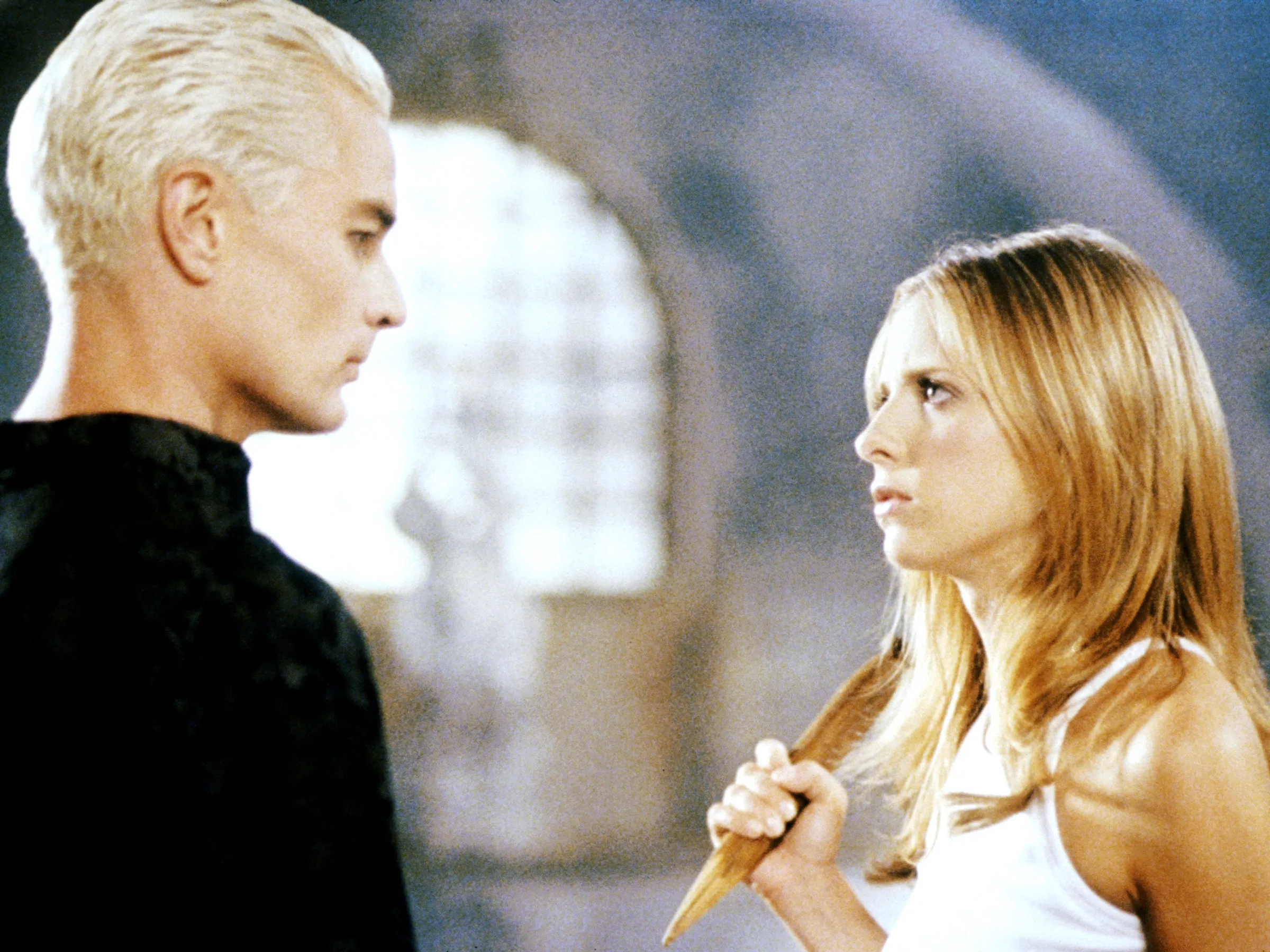
Despite this dance, the 90’s were filled with countless female-centered shows and presented many young girls and women with strong, relatable characters to admire and look up to. In addition to Charmed, girls and women had Buffy the Vampire Slayer; Ellen; Sex and the City; Living Single; Sister, Sister; Sabrina the Teenage Witch; and Sailor Moon, to name a few. All of these shows featured strong-willed, independent women navigating life and relationships, both romantic and platonic. Hollywood also inspired us with badass women in films like Alien, The Terminator, Double Jeopardy, Buffy (again), and in 2001, Lara Croft: Tomb Raider. While women were surely dominating the screen during this time, conversations around feminist issues and the inclusion of marginalized groups were still very much lacking. There was a general feeling that we were past the need for advocating for rights; that we were entering a post-racial and post-sexist world. This was the attitude that laid the groundwork for many of the problematic storylines and takes in the shows and films of the early 90’s and 2000’s.
Charmed was a show of its time. It gave us fun and likeable characters. It launched the careers of four successful actresses. It radiated girl power and captivated millions. It had its run and was successful. But it’s important to remember that a lot can change in a decade or two. The conversation surrounding feminism and inclusion has changed drastically. Social media has allowed for intersectional feminist authors like bell hooks, Audre Lorde, Angela Davis, Patricia Collins, and Kimberlé Crenshaw to reach a broader and younger audience. The Charmed reboot reflects a more modern, nuanced understanding of these complex terms and explores what they mean through its title characters.
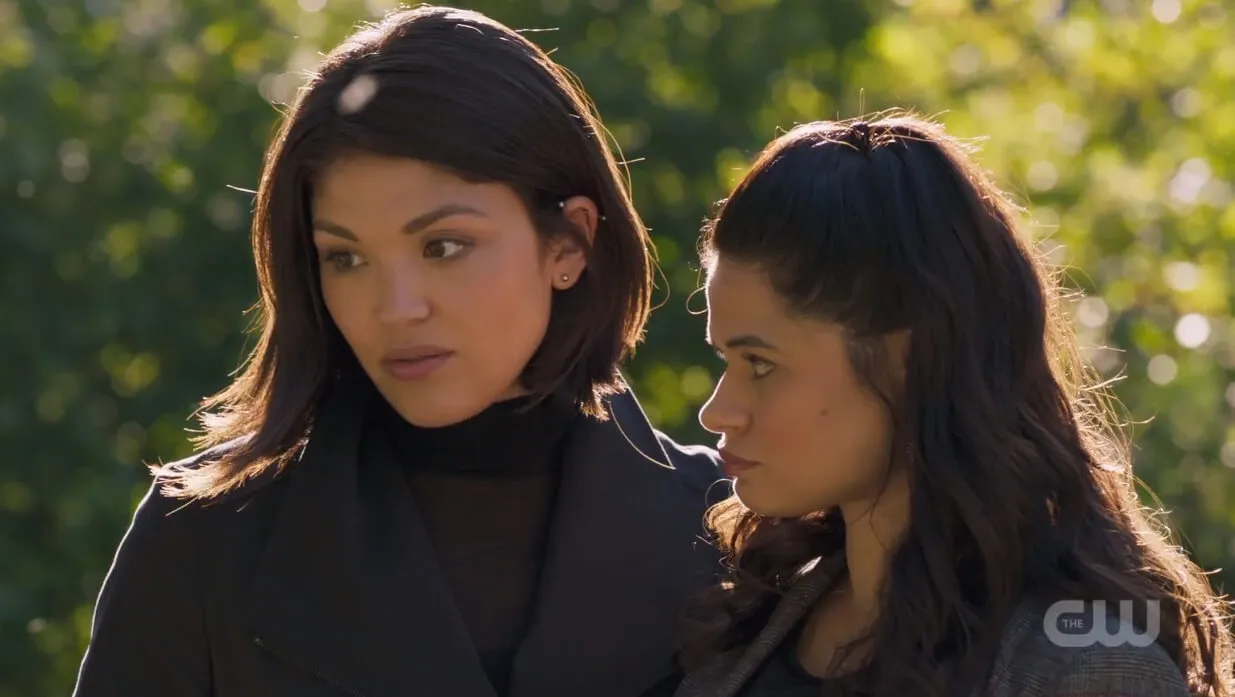
Middle sister Mel is a graduate student and women’s studies teaching assistant with a passion for social justice. She is also a proud lesbian with exciting love interests. Most of the conversations on intersectionality and inclusion revolve around Mel and her job. Youngest sister, Maggie, and oldest sister, Macy, are both biracial and share the same biological mother and father, unlike Mel who shares only a mother (biologically).
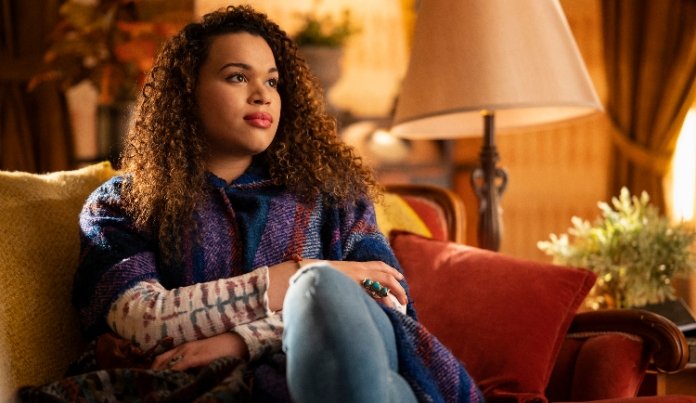
The season three introduction of the sister’s second cousin, Joséfina, is particularly notable as she is played by transgender actor, Mareya Salazar. Her storyline tackles the prejudice she faces as a transgender witch and woman.
Identity, race, sexuality, and feminism are frequent topics of discussion for all three sisters, and they are often shown battling prejudice and bias in addition to supernatural forces.
The Reboot’s Reception
I must admit, I was surprised the reboot was met with such grief from the fans of the original series and its actors. A feud brewed between the old and new writers of the show and a brief, but uncomfortable Twitter exchange occurred between actress Sarah Jeffery (who plays Maggie Vera) and Holly Maire Combs where Jeffery shared her disappointment with Combs and McGowen’s attitude and mocking of the reboot in a TikTok video. The writers of the original show took a few jabs at the reboot on Twitter as well, clearly a bit bitter they were unable to convince CBS to give them a greenlight on their script. It seems the biggest beef they had with the reboot was the concept of a reboot in the first place. While the frustration is certainly understandable, one can’t help but feel like it was time to hand over the magical baton to a new generation and lend the stage to new voices, new stories. The original creators and actors may have wanted to be a part of the reboot, but bashing the new show and cast is hardly a mature response.
Although I relate to the actors and creators’ angst over reboots, I feel that a complete reboot of the series was necessary. Sure, Charmed could have continued with the children of the powerful three. But the thing about the original is it had its run. Their stories were told and their legacy lives on. It made sense to create a new, magical world, with new challenges and new perspectives. More than ever, Maggie, Macy, and Mel’s stories deserve to be heard. Certainly there was room for these new characters (and actors) to share their experiences and show the world what they have to offer.
Ratings and The End of The Charmed Ones
Despite the animosity towards the reboot from original fans and those involved with the original series, the Charmed reboot did pretty well…at first. Season one averaged around 1.3 million views. Unfortunately, the spell didn’t last long. Season four only averaged around 379,000 views weekly. I can’t completely blame the original fans’ disinterest though; the show lost a bit of its charm as it continued. While exciting in the beginning, the plot began to feel stale, and the loss of Madeleine Mantock (Macy Vaughn) in season three hurt the show. Although, the introduction of a new charmed one, Kaela Danso (Lucy Barrett), helped to spark more interest and intrigue in the fourth and final season. Her character was remarkably likeable, considering the huge task of taking over a main character’s established position. It’s a shame we weren’t given the chance to explore her identity and motivations further.
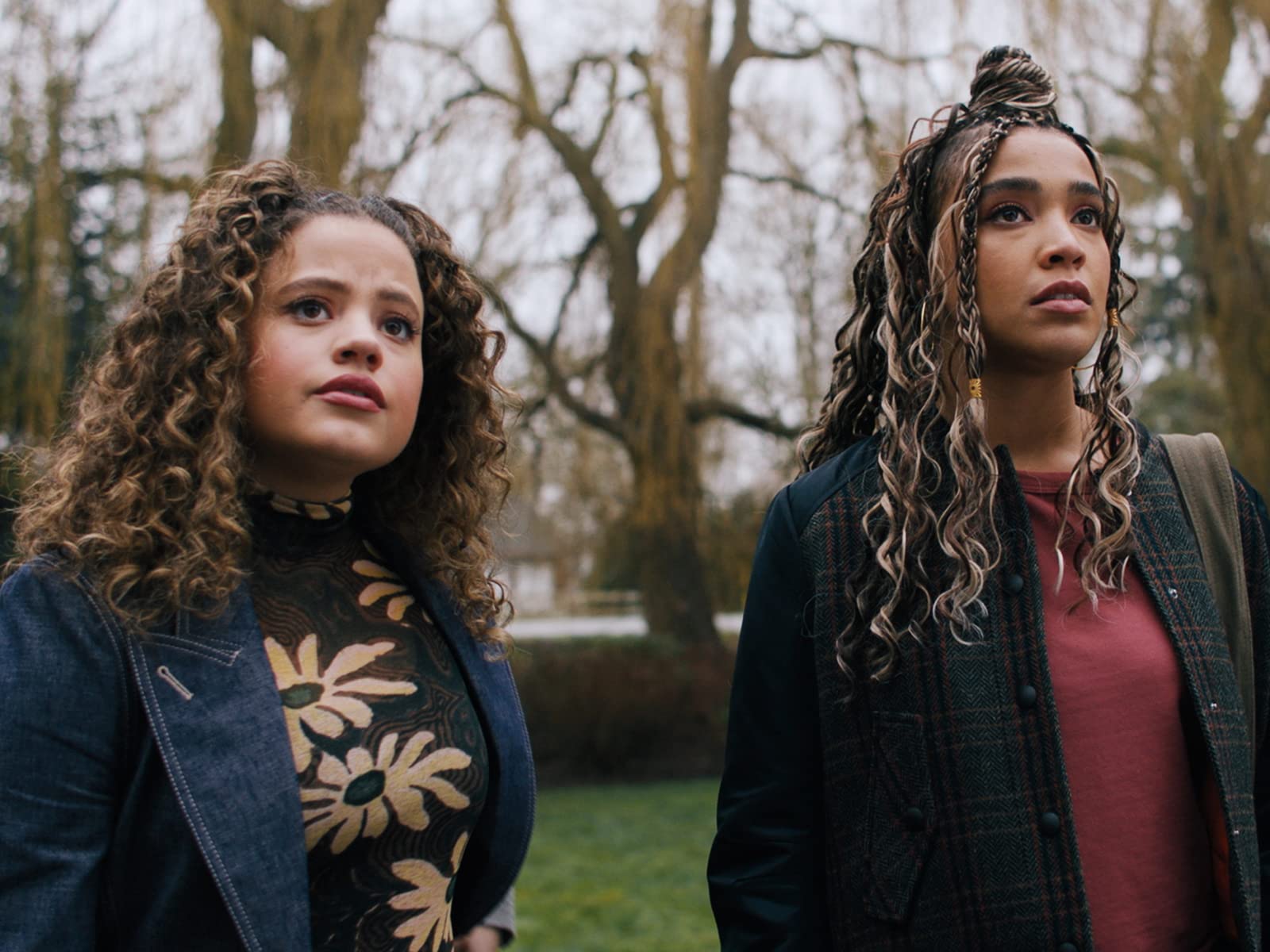
Let’s Take A Moment to Appreciate Hair
If I haven’t yet convinced you to watch the reboot, perhaps this may help. One of the best parts about the show (besides three awesome, diverse witches battling evil), is the incorporation of many different black and curly hairstyles. It is a rare thing indeed to see natural, curly or kinky hair on television, especially black hair. Not only do the Charmed ones get to kick demon ass, but they get to do so while wearing their natural hair proudly. Macy, Maggie, (and later, Kaela) are styled in a wide range of looks that are underappreciated on television. Tuning in to see what style they wear next has been a large part of my, and my curly-haired sisters’, excitement.
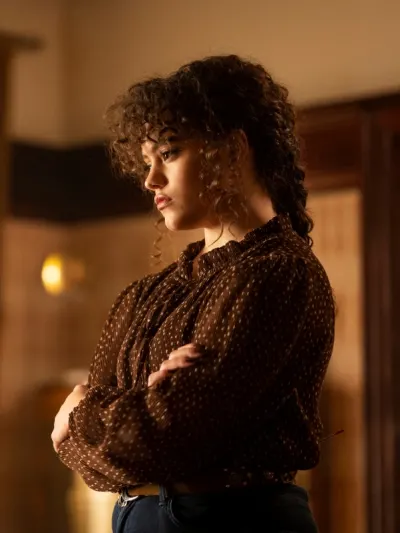
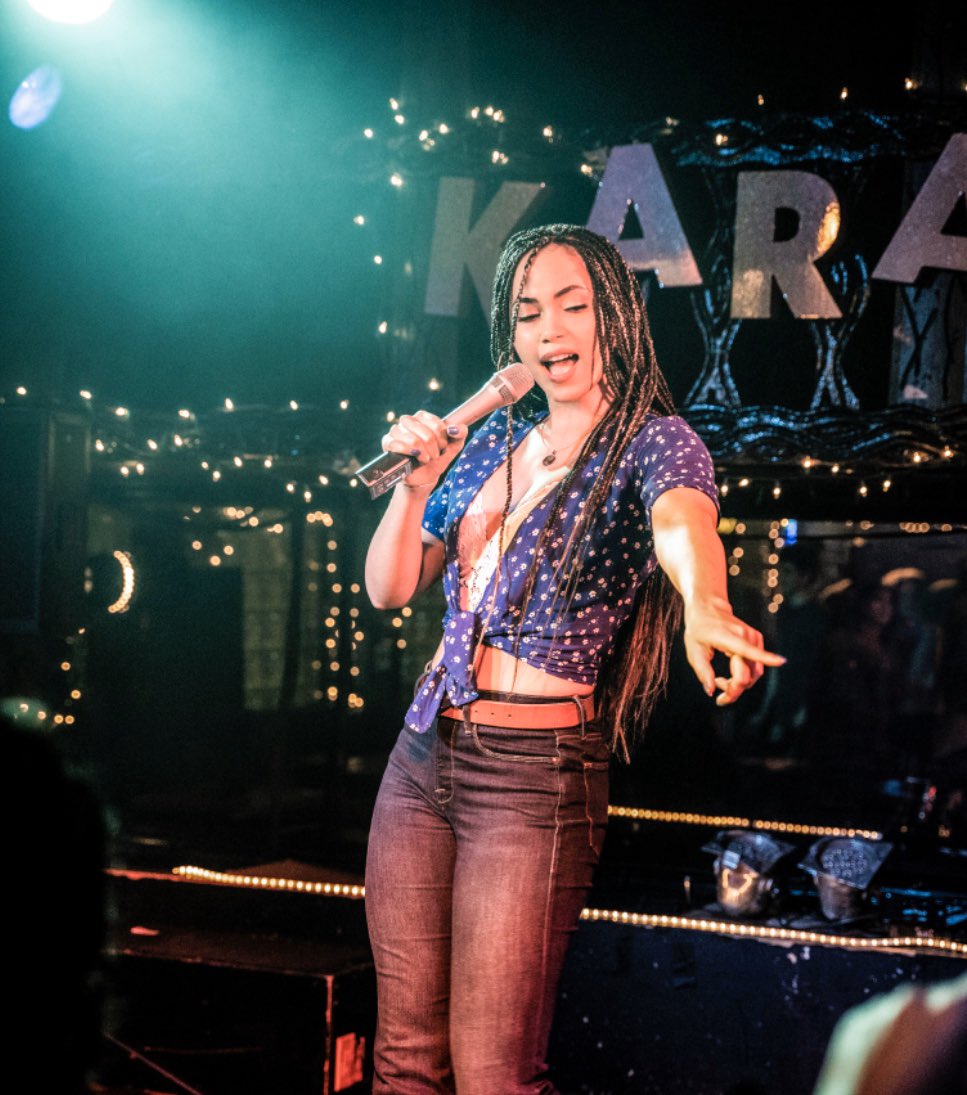
Conclusion
For those skeptical of the reboot, I implore you to give it a chance. Especially if you are interested in seeing more representation on screen. Maggie, Macy, and Mel offer refreshing perspectives and their sisterhood is a strong and convincing as the originals.
I’ll concede that I am not an original Charmed superfan. I’ve only seen the first season, and I didn’t watch it when it was airing. That being said, I did enjoy it immensely. I get the attachment we feel to our shows, especially when nostalgia is involved. However, I believe there are some things that should stay in the past. Sometimes we need to let go of nostalgia and embrace what’s yet to come. We would certainly be missing out if we didn’t. The Charmed reboot reflects the world we live in today, and it would be a disservice to dismiss it before giving it a chance.
The Charmed reboot is available to watch on Netflix.
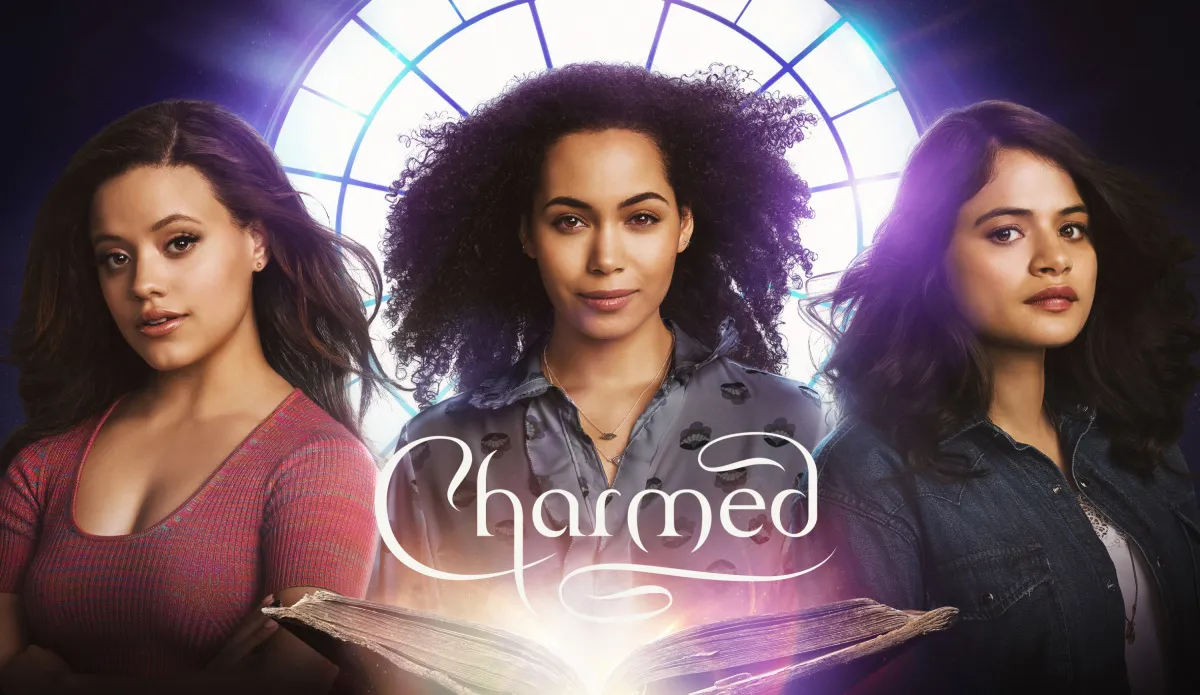
Comments